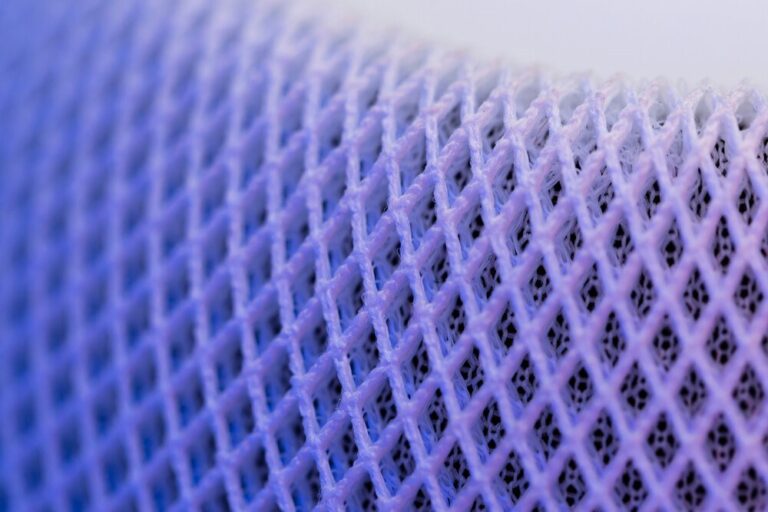What happens to the nanosilver in your T-shirt when you wash it? And if the nanoparticles wash out, what is the impact on the environment? The use of such particles in everything from hygiene articles and cosmetics, to food and textiles, is increasing all the time, yet little is known about its effects on the environment. Researchers from Switzerland, the United Kingdom, and Germany, have performed a cradle-to-grave life cycle assessment to compare nanosilver T-shirts with conventional T-shirts with and without biocidal treatment for odor control. Two types of manufacturing processes for nanosilver production and textile incorporation were examined: flame spray pyrolysis (FSP) with melt-spun incorporation of silver nanoparticles and plasma polymerization with silver co-sputtering (PlaSpu). The researchers found significant differences in environmental burdens between the different production technologies, with the PlaSpu technique having the largest footprint. The use phase of the T-shirt, they found, pollutes the environment most if commercial technologies are used. According to the report, “nanosilver T-shirts produced with the non-commercialized PlaSpu technology have higher climate change impacts during production than in use. Greenhouse gas emissions show high sensitivities to washing load and frequency and lower sensitivities to T-shirt lifetime and washing temperature. Of all tested parameters, a reduction or abandonment of tumbling would reduce the climate footprint the most.” The jury is still out, the researchers said, on if and how nanosilver’s toxicity impacts the environment, but believe the toxic releases from the washing and disposal in the life cycle of T-shirts appear to be of minor relevance.




